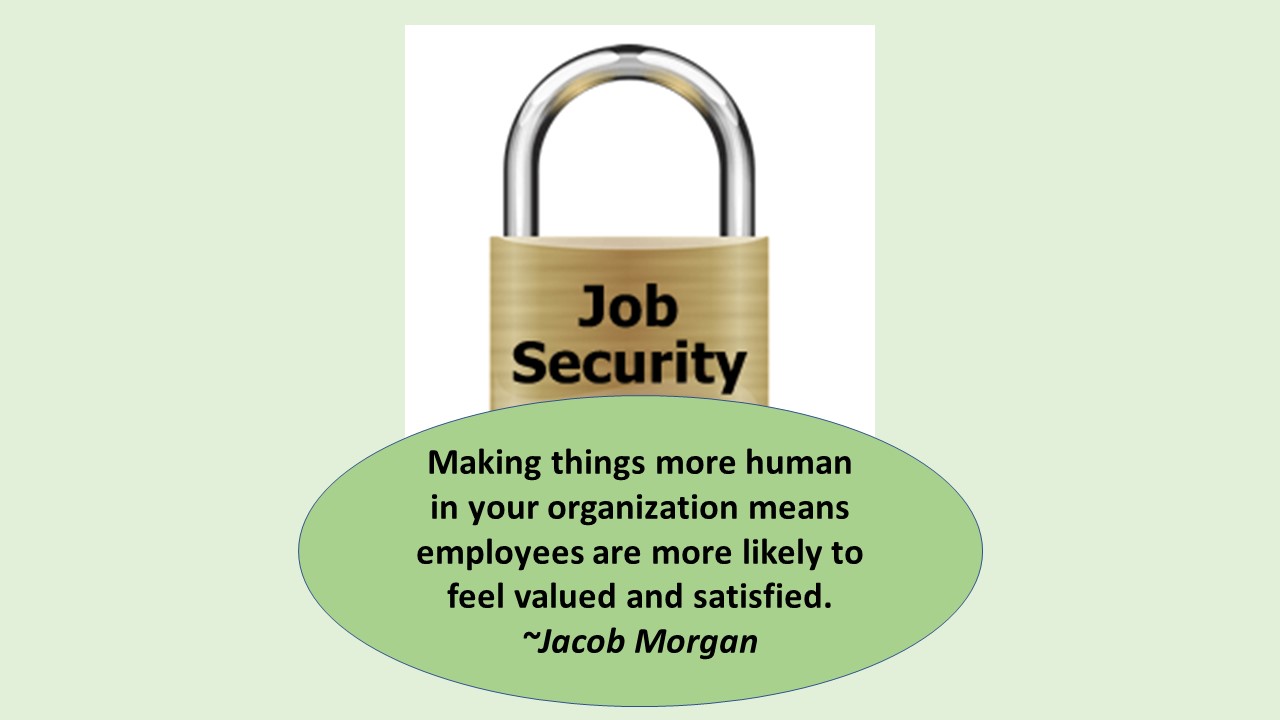By Thomas Davis, CRNA, MAE, Lt. Col. (ret.)
Follow @procrnatom on Twitter
“Change is the only constant in life.”
– Herculitis, Greek philosopher (535 BC – 475 BC)
We know that change in the workplace is unavoidable and that it can sometimes be painful, making people cling tightly to the secure comfort of status quo. Savvy leaders know that modifying and implementing new policies or guidelines is inevitable and to make the changes less difficult, they find ways to rally the team.
Writing in the Forbes.com blog, author, Larry Alton, agrees with the Greek philosopher and recommends addressing change head on. Culture evolves based on relationships. Therefore, to achieve a successful rollout of a new policy or plan, it is essential to build an energized team of individuals who can accept variation and take the lead during implementation.
John Kotter, professor emeritus at the Harvard Business School studied both the necessity for and the resistance to change. In his book, Leading Change (1996), the Kotter 8-step model for managing change is presented as a thinking framework to smooth the process of making modifications in the workplace. Repeatedly and successfully used in business, industry and healthcare, the Kotter model can be applied to just about anything that requires transformation. Here is an example of how we used this dynamic, interactive model to improve the workflow at our ambulatory surgery center.
One of the myths that our ASC embraced is the belief that every female patient who is not post-menopausal must have a pregnancy test before receiving anesthesia. Being a fast-paced GI center with rapid patient turnover, any delay caused by waiting for a urine specimen slowed the work flow and ultimately caused subsequent patients to experience delays. Many of our patents have zero likelihood of being pregnant and the drugs we use pose no risk to the pregnant patient, therefore, many on our staff felt strongly that it was time to change the policy. A grassroots movement was emerged and we were well on the way to fulfilling the requirements of the first step on the Kotter model:
- Create urgency Often when things don’t seem to be quiet right, the initial response is “somebody ought to change that” and the sentiment quickly progresses to “we gotta fix it.” At our ASC, Doctors, CRNAs and nursing staff all complained about delaying cases while awaiting a pregnancy test. The concerns of the staff were reinforced by negative feedback from patients when they were solicited to evaluate their experience at our center. Specifically, evaluations from patients expressed dissatisfaction with the ASC due to the required pregnancy test. ASC staff and managers sensed urgency to change the policy and we collectively agreed that we WILL address the issue head-on and take corrective action.
- Form a powerful coalition There is strength in numbers. When building a coalition to support a proposed change, it is important that all stakeholders are on board with the new plan. Building a coalition involves gaining consensus among your peers who share your view point as well as from collateral professionals who look at the same problem from a different perspective. Our coalition of stakeholders included doctors, nurses and support staff; all of whom were included in the development of the new policy to modify our current practice. Patients were the ultimate stakeholders and, although we took their feedback seriously, we did not include them in revising the policy.
- Create a vision Having identified the problem, we clearly knew what we didn’t want: Unnecessary testing that slowed the workflow without adding value to the process. We turned our attention to what we did want: A policy that maintained patient safety, facilitated workflow and elevated patient satisfaction. After a “best practice” review of the literature to ensure that we were on solid ground, our efforts were rewarded when the new plan was developed to support our goal.
- Communicate the vision Before implementation, the new plan was shared with every worker at the ASC through email and informal discussions. The sense of urgency already in place from step 1 smoothed the process of sharing the plan with the entire group. The ASC team quickly embraced the vision that would improve workflow and patient satisfaction.
- Remove obstacles There were very few obstacles for our proposed change. Knowing that involving stakeholders would increase buy-in, we reduced potential resistance by making sure that everybody was kept informed. In addition, we made sure that everybody knew that our new policy was in line with safe practice.
- Create short-term wins This was a change to a local policy and it did not have a big impact on the organization, so the sense of achievement was confined to our workgroup. We gave recognition to those who were instrumental to developing the plan; however, the nature of the project did not warrant a major celebration.
- Build on the change The Institute for Healthcare Improvement (IHI) recommends the plan, do, study, Act (PDSA) model for improving a plan. The PDSA model involves implementing a pilot plan, evaluating the results, modifying the plan and re-implementing a better version which, hopefully, will produce even better results. Our plan improved the overall workflow by eliminating mandated pregnancy testing and had the collateral effect of improving patient satisfaction. Success with this project motivated us to look at other workflow issues and seek ways to make further improvements.
- Anchor the change in corporate culture “That’s the way we’ve always done it,” does not mean that it’s still the best way, nor does it mean that we must to continue a non-productive practice. Our new corporate culture includes the knowledge that grassroots initiatives are received in a positive light and that change can be initiated by any person in the organization.
Eliminating the need for every female to receive a pregnancy test before undergoing anesthesia is only one example of the use of the Kotter model for introducing and managing change. What is the greatest need for revision in your organization? Take time to pre-plan and practice the Kotter model when change is required. Apply it chronologically, one step at a time. It will be self-defeating to build a coalition before creating the sense of urgency or trying to implement a vision without first developing a plan. Embrace transformation and proactively use Kotter’s model to reach your desired outcome.
Heraclitus observed that change is inevitable, but he did not say that change is a bad thing. The great philosopher also said, “You could not step twice into the same rivers; for other waters are ever flowing onto you.” Today, one thing that has not changed over time is that the only constant is change.
Tom is a noted author, speaker and mentor. Contact tom@procrna.com for information about the 4-part values-based leadership webinar series.









